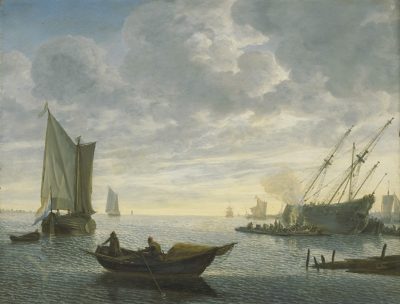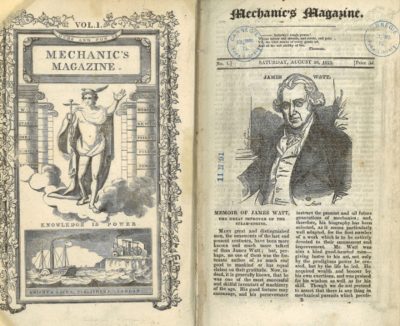Diederick Wessel Linden: Three letters on Mining and Smelting [...]. (London, 1750).
John Grantham: Iron, as a material for ship-building [...]. (Liverpool, 1842).
published February 2018
The favorite books of Stefania Elena Carnemolla
Stefania Elena Carnemolla was our Scholar in Residence in July 2017. As part of her project on the treatment of fouling on wooden and iron ships in the 18th and 19th centuries, she reviewed books and journals on iron, wood, and naval engineering. She chose John Grantham’s 1842 Liverpool lecture on iron as a material for shipbuilding as her favorite book due to its revolutionary content at a time when shipyards mistrusted iron as an alternative to wood.
&crop=(0,29,653,433))


&crop=(483,8,950,761))
&crop=(39,44,610,970))
